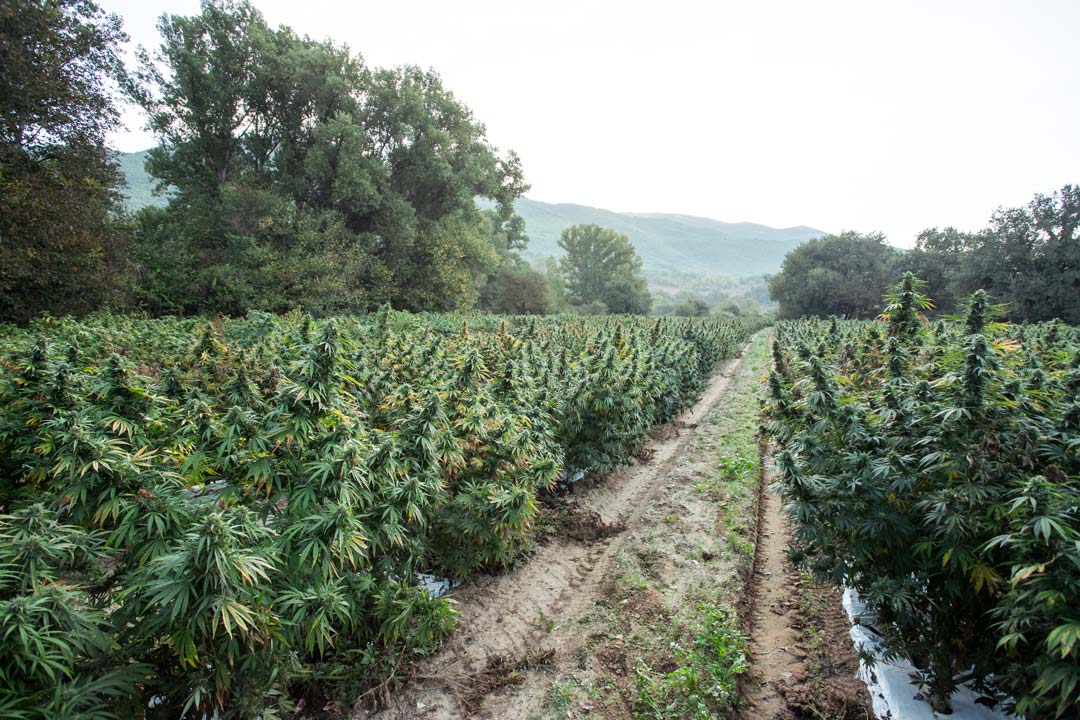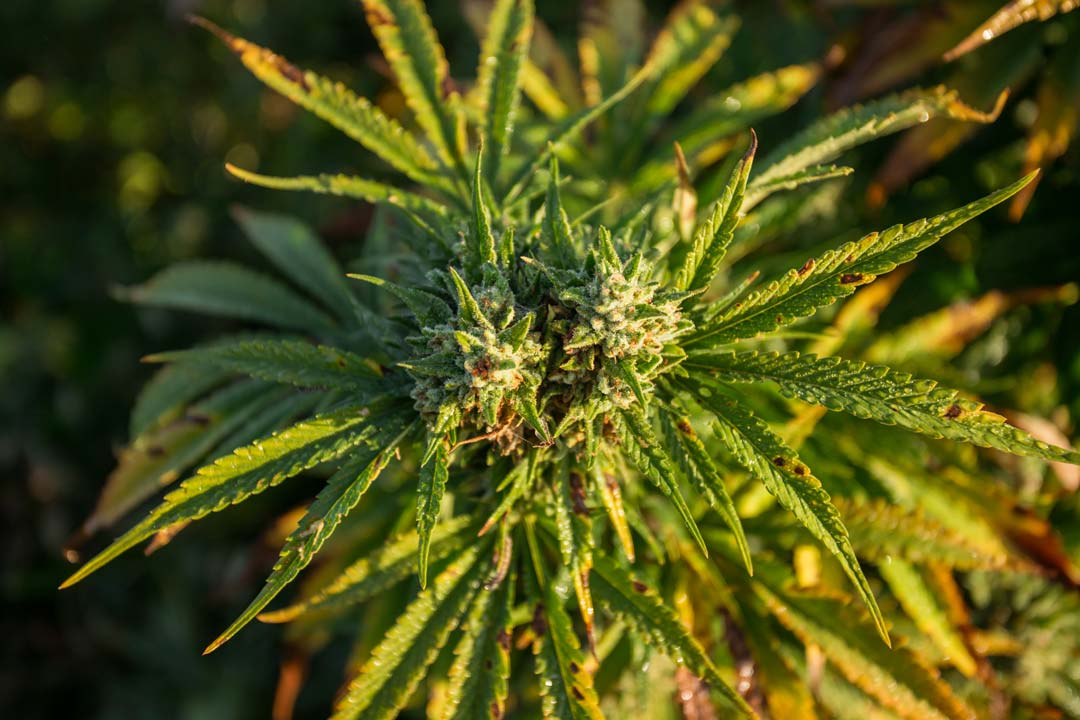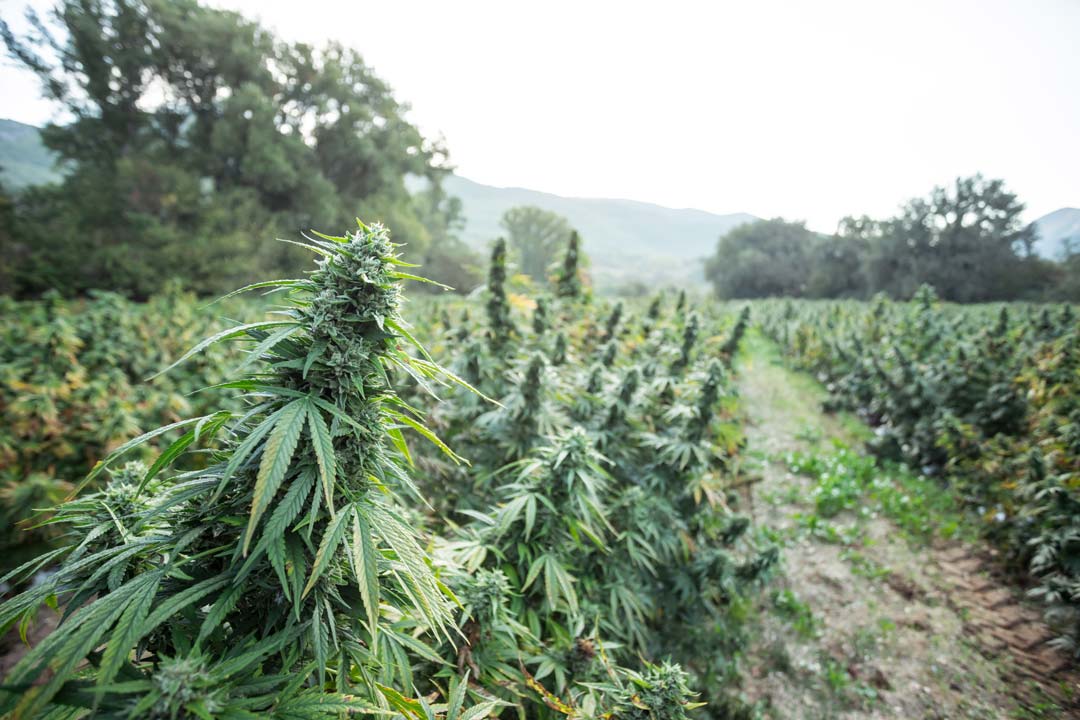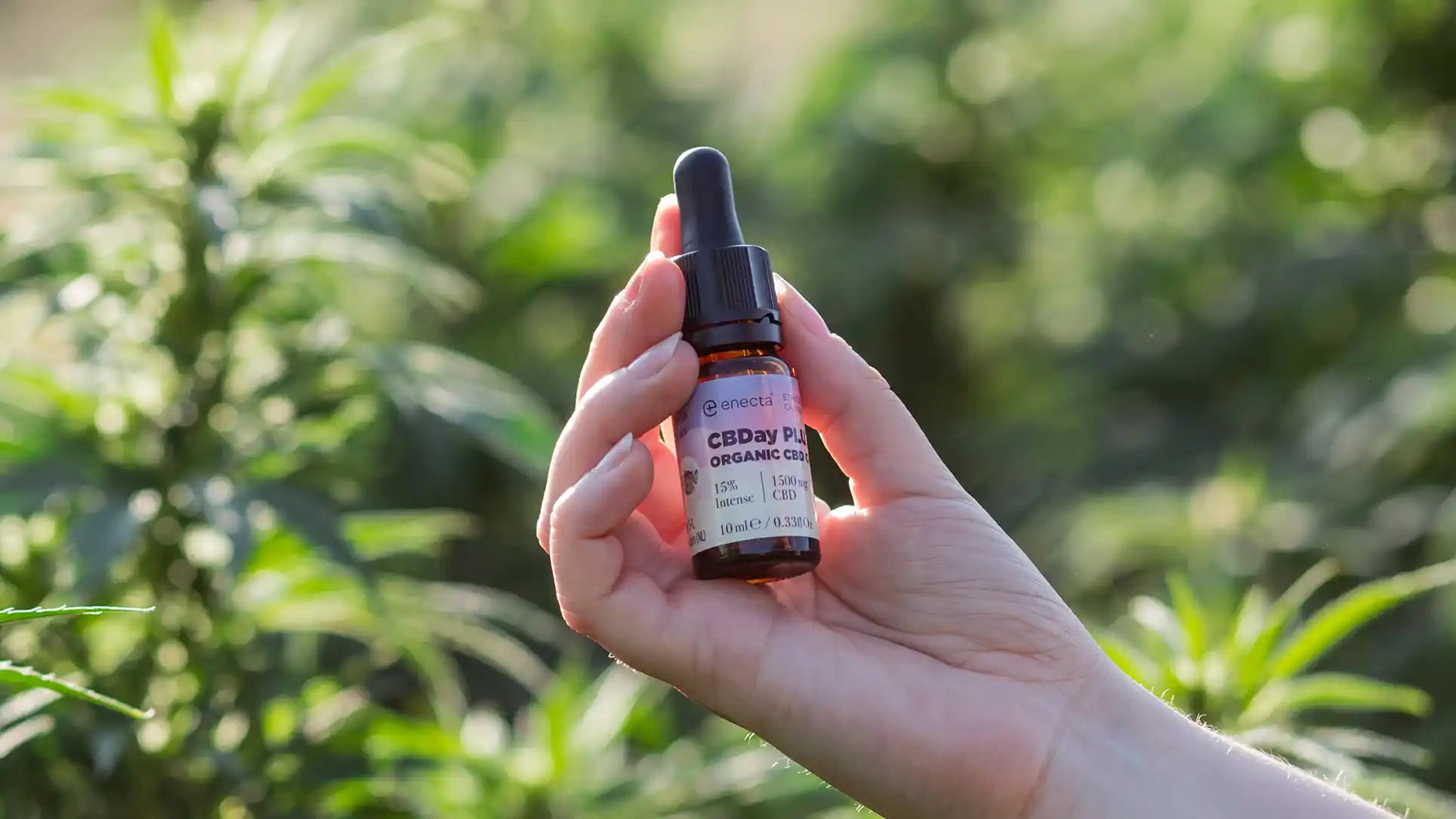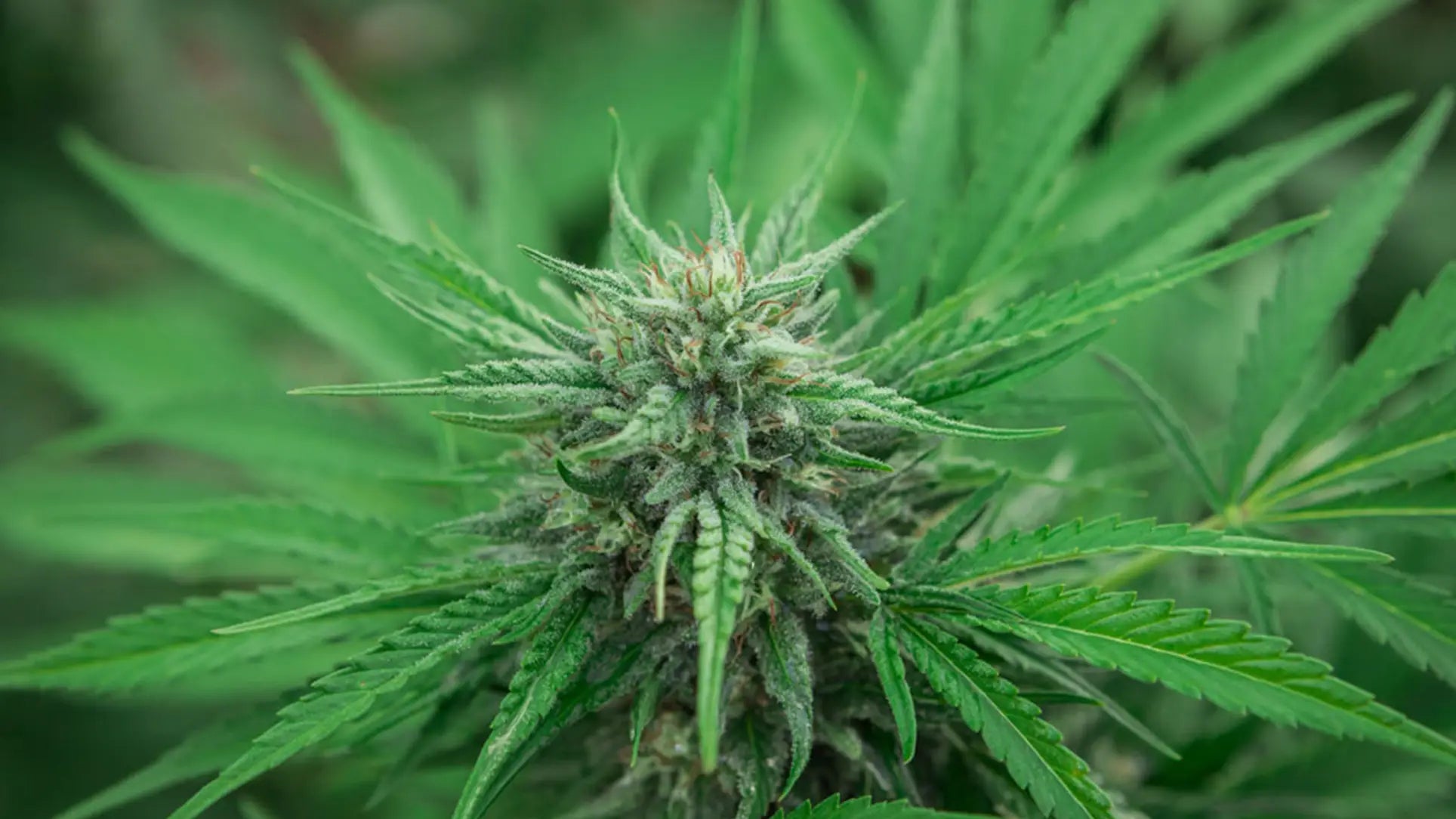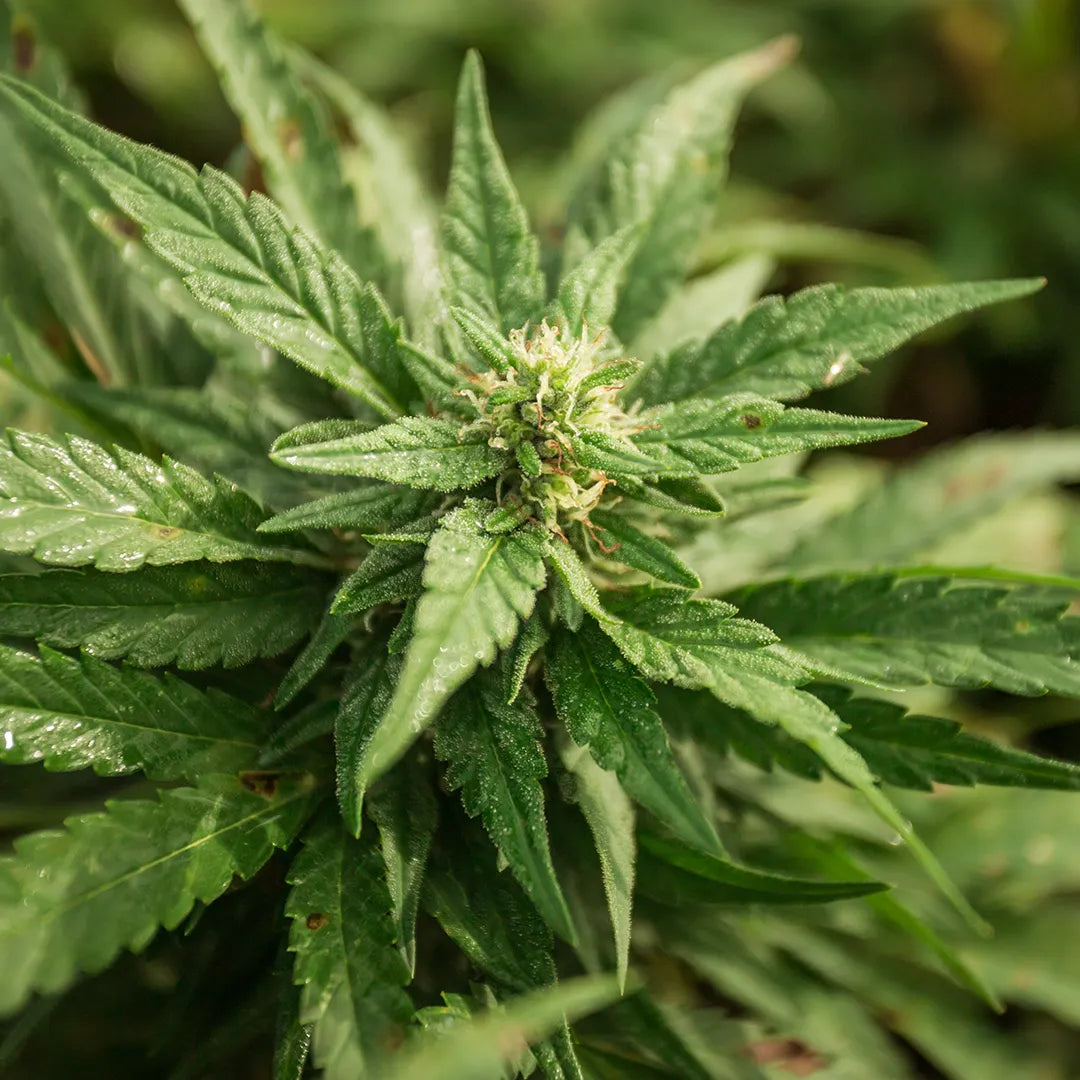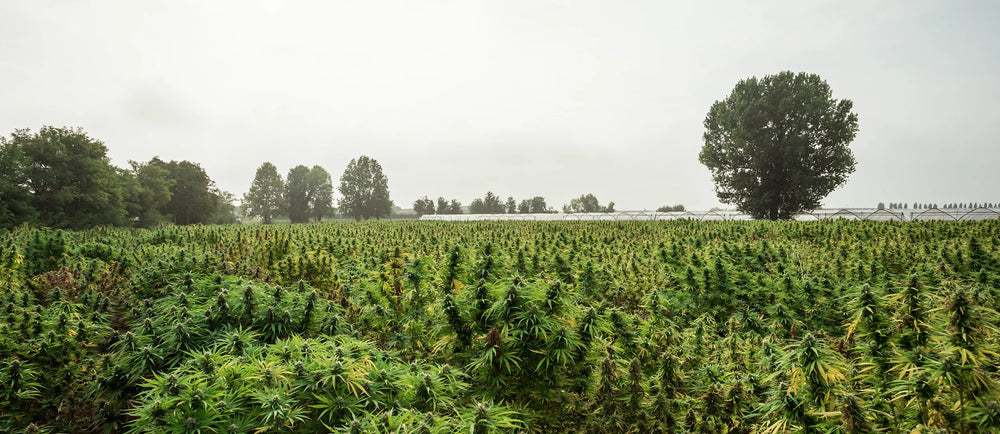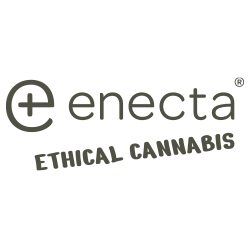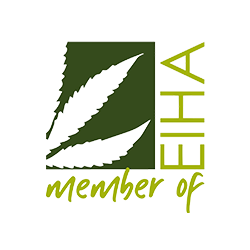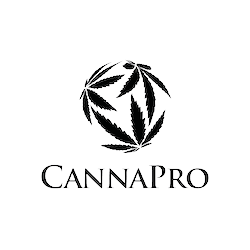One of the primary distinctions between CBD and CBG strains lies in their respective cannabinoid profiles.
While both strains belong to the hemp plants family, they exhibit varying concentrations of cannabinoids, with CBD dominant strains containing higher levels of cannabidiol and CBG strains emphasizing cannabigerol.
Cannabidiol CBD is renowned for its non-psychoactive nature and potential therapeutic effects, offering a sense of relaxation without the effects of THC.
On the other hand, cannabigerol CBG, often referred to as the "mother cannabinoid," boasts unique properties, being the precursor to other cannabinoids and demonstrating promising applications in addressing various health concerns.
Understanding these cannabinoid-specific traits is key to maximizing the benefits each strain has to offer in hemp extraction endeavors.
In addition to divergent cannabinoid profiles, CBD and CBG strains also differ in their targeted therapeutic effects. CBD products has gained widespread popularity for its potential in managing anxiety, stress, and various forms of chronic pain.
Its anti-inflammatory properties make it a sought-after choice for those seeking relief from conditions like arthritis or migraines.
CBG, on the other hand, is gaining attention for its neuroprotective qualities and potential in addressing conditions related to the nervous system, such as neurodegenerative diseases.
Furthermore, the cultivation and harvesting processes for CBD and CBG strains may require specific considerations. CBD-dominant plants are typically harvested later in their growth cycle to maximize CBD content, while CBG strains may be harvested earlier to capture higher concentrations of cannabigerol before it converts into other cannabinoids like THC or CBD. This variance in cultivation practices underscores the importance of tailoring growing techniques to the specific genetic traits of each strain.
In the rapidly evolving landscape of hemp genetics, choosing between a CBD and CBG strain involves weighing these factors against specific extraction goals and the desired end products.
If you are a hemp enthusiast exploring new horizons or a seasoned cultivator adapting to advancements in the field, staying informed about the distinctive characteristics of CBD and CBG strains will undoubtedly shape the success of your endeavors in the exciting realm of hemp cultivation and extraction.
